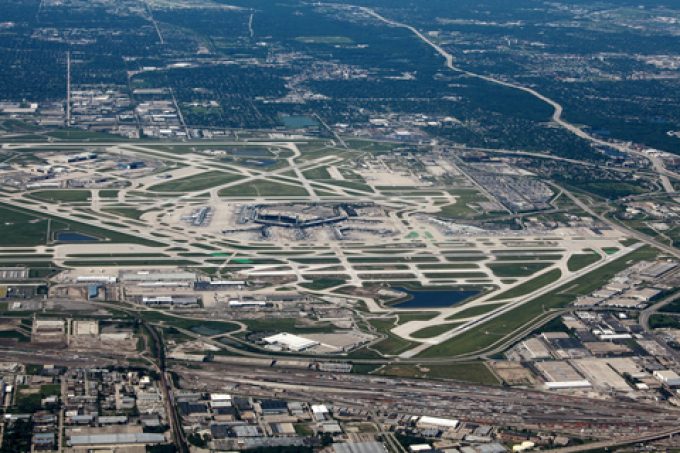'Tariff today, gone tomorrow' taking transpac box trade to the brink
Is Trump taking us back to tramp shipping?

Air cargo organisations are urging the US government to inject up to $5bn more to tackle an “infrastructure crisis”.
The Airforwarders Association (AfA) and National Customs Brokers and Forwarders Association of America are calling for an “air cargo support fund” in a white paper surveying the economic importance of the sector.
Executive director of the AfA Brandon Fried told The Loadstar: “Without the funds, on-airport cargo facilities will have insufficient capacity to accommodate forecasted growth.
“Roads leading to, from and within airport cargo ...
Keep our news independent, by supporting The Loadstar
Volume surge and an early peak season? 'Don't celebrate too soon,' warning
Container spot rates diverge: to Europe still falling, but firmer to the US
Hapag-Lloyd won't take bookings if port congestion leaves cargo stranded
Ecommerce likely the front-runner in resurge of transpacific trade after deal
China-US trade tariff pause could drive a rebound for transpacific rates
Service chaos from trade ban with India a problem for Pakistan shippers
Shippers should check out the 'small print' in China-US tariff cuts
Airfreight rates ex-China 'loss-making', but hopes of a trade deal stay high
Carriers impose 'emergency operation' surcharges on Pakistan cargo
Serious threat to jobs in US logistics as tariffs cause economic 'stagflation'
15% rebate for box ships as Suez Canal Authority woos carriers
White House u-turns see freighters flying but keep logistics players on their toes
MSC in terminal switch as Nhava Sheva gets strong start to new fiscal year
Peak season or recession? Forwarders and shippers need to 'stay flexible'
Volga-Dnepr claims 'pirate' Canada has 'hijacked' its stranded aircraft


Comment on this article